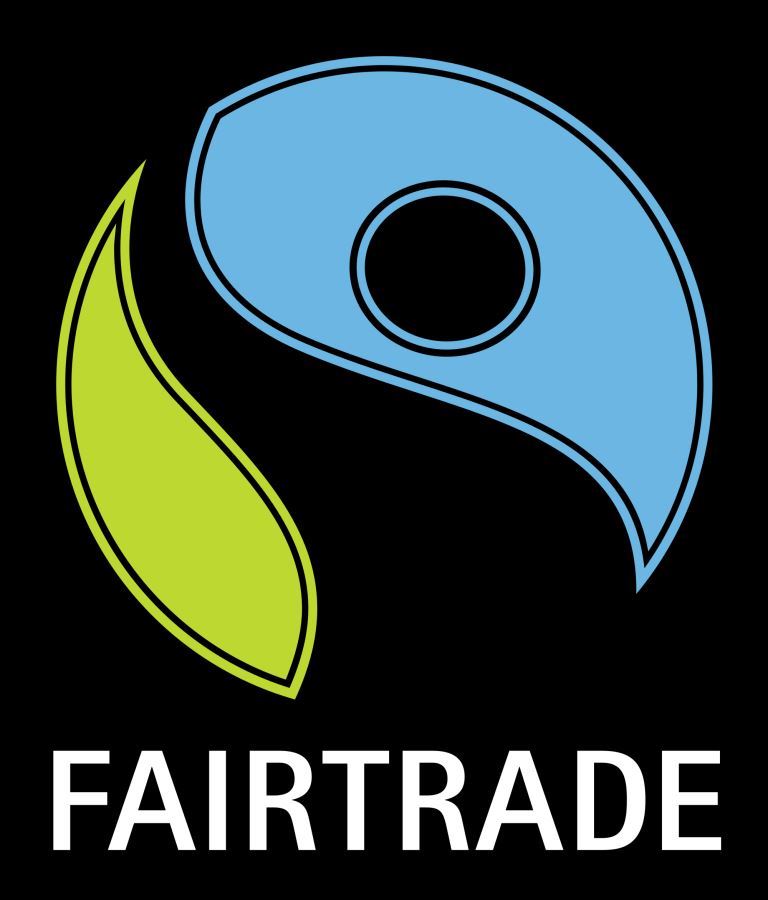Woodstock Community Woodland and Orchard
.jpg)
.jpg) Our woodland
and orchard is looking better than ever.
Since the first trees were planted in the Autumn of 2010 the trees have
steadily matured and with the grass drives and open glades have created
a pleasant place for a stroll. We have two picnic benches so there are places to sit and contemplate nature or
just take the weight of your feet. Do take a moment to come and
see the woodland for yourself.
But where is the woodland? It's as you leave Woodstock, on the main road heading for
Chippy, just past the end of the 30 mph speed limit, on the left.
There's a notice board a small gate and you're there. Or you can
find it from this map.
Our woodland
and orchard is looking better than ever.
Since the first trees were planted in the Autumn of 2010 the trees have
steadily matured and with the grass drives and open glades have created
a pleasant place for a stroll. We have two picnic benches so there are places to sit and contemplate nature or
just take the weight of your feet. Do take a moment to come and
see the woodland for yourself.
But where is the woodland? It's as you leave Woodstock, on the main road heading for
Chippy, just past the end of the 30 mph speed limit, on the left.
There's a notice board a small gate and you're there. Or you can
find it from this map.
You can read our
Community Woodland Management Plan here.
An Orchard management plan will be published shortly.
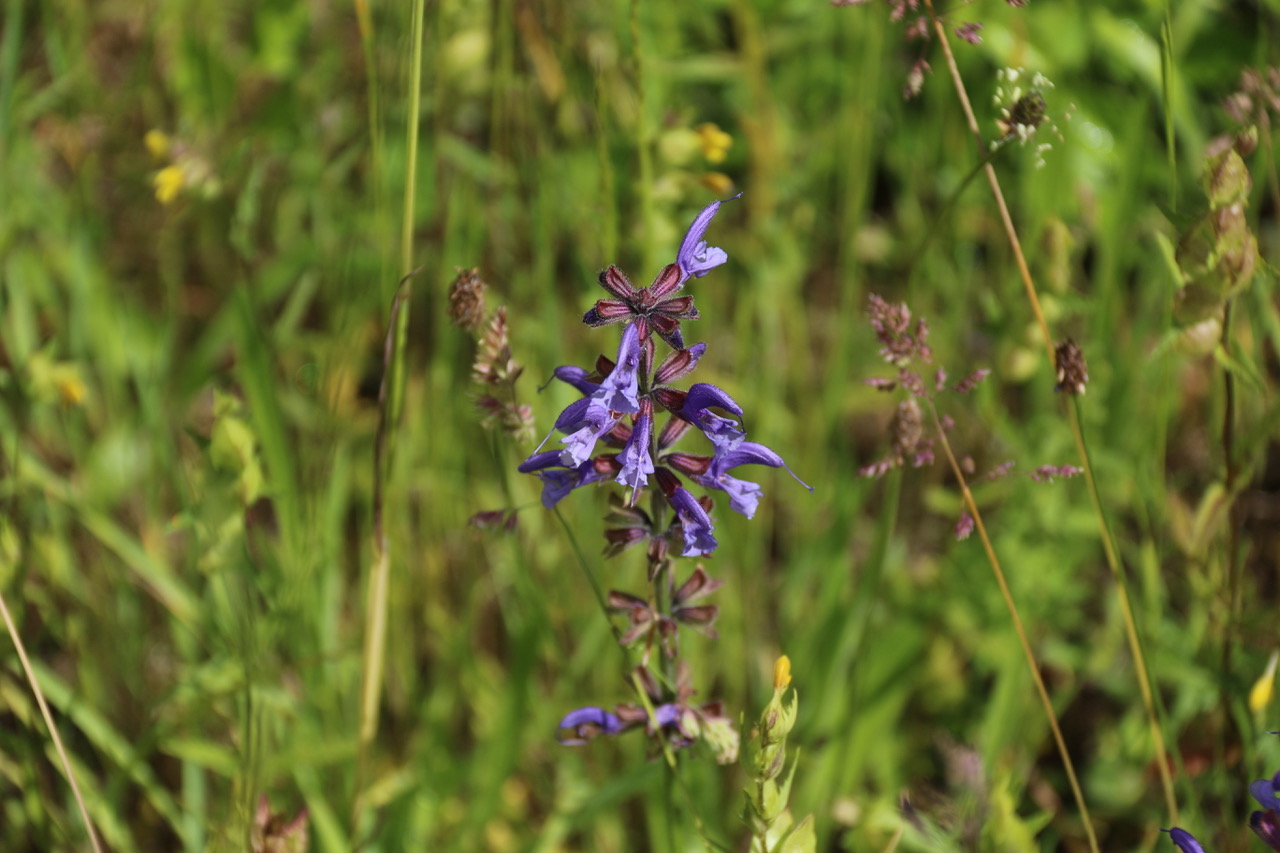
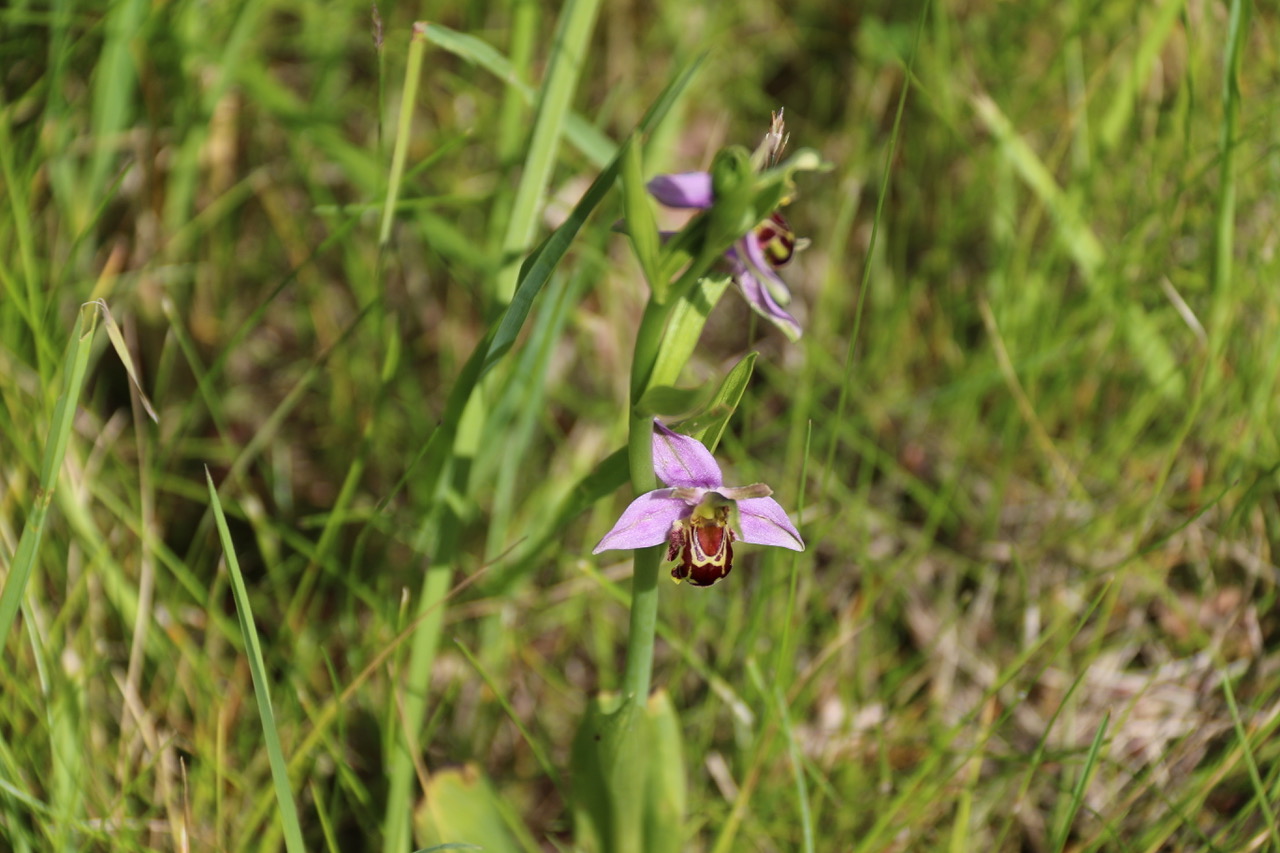
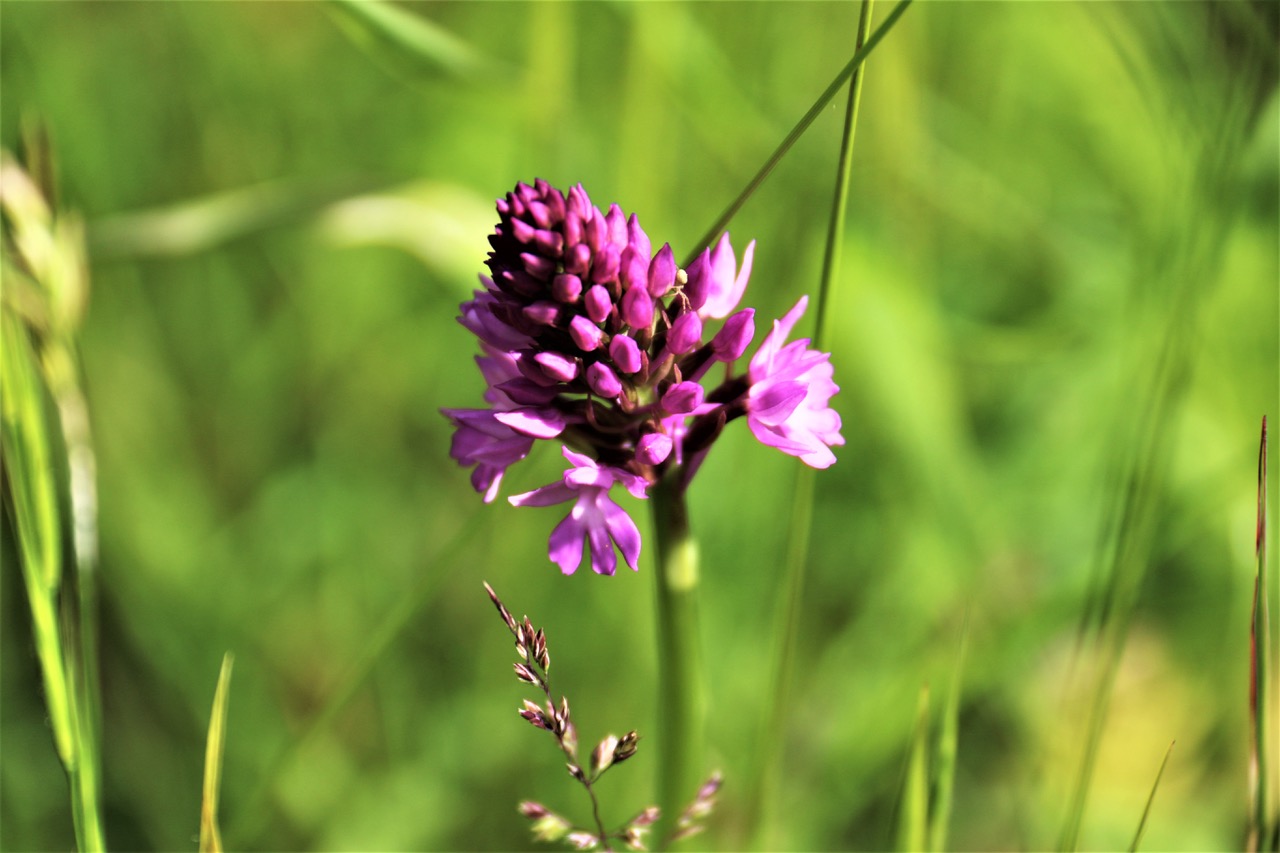
Meadow Clary; Bee Orchid and Pyramidal Orchids in our Woodland and Orchard as photogrpahed by local supporter Stephen Heath
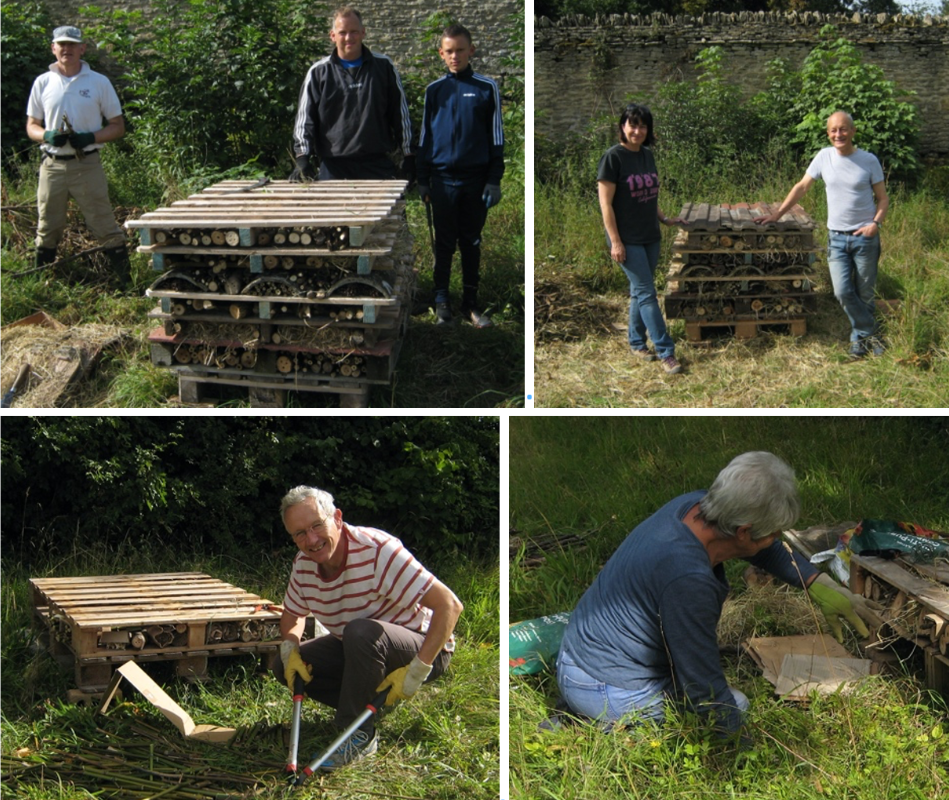
Volunteers building the bug hotels at the Woodland to encourage pollinating insects and to improve ecological diversity.
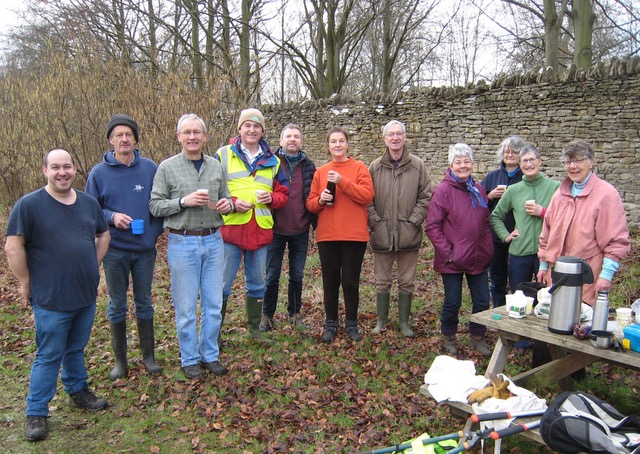
Right: A happy band of volunteers
enjoying a well-earned tea break at the woodland on 8th February 2020.
Working groups are planned at about
fortnightly intervals to clear excessive self-seeded ash growing against
Blenheim Park wall and to remove brambles and "old man's beard" (aka
clematis) where they threaten to choke the trees.
It's voluntary. You can spend as little or as much time as you
like. Sign up for WhatsApp messaging text by emailing here
.jpg)
.jpg)
.jpg)
.jpg)
.jpg)
.jpg)
.jpg)
Left to right, top to bottom: 1. David Rees, our forester, provides instruction on planting: 2. the busy volunteers: 3. taking a break; 4. Bob and Miriam 5. Sustainable Woodstock Chair, Hilary Brown and Heritage Fruit Tree Company supplier Andy Howard; 6. Sophie planting a Blenheim apple 7. the next generation of woodlanders
Pictures from Woodstock Community Woodland Saturday 23rd July 2016
%20(640x480).jpg)
%20(640x480).jpg)
%20(480x640).jpg)
Left to Right: The woodland today (July 2016); The Natural History Society members gather around their Mountain Ash; the long overdue plaque to the first tree planted by His Grace the Duke of Marlborough
Ash Dieback - click here to read more
"The best time to plant a tree is yesterday.
The next best time is today"
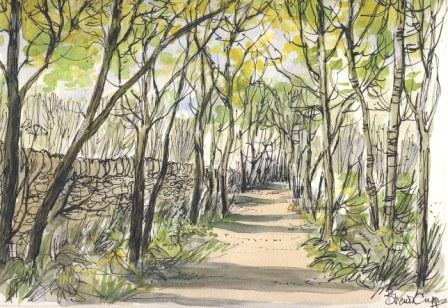
Artist Impression of the Wood in Twenty Years
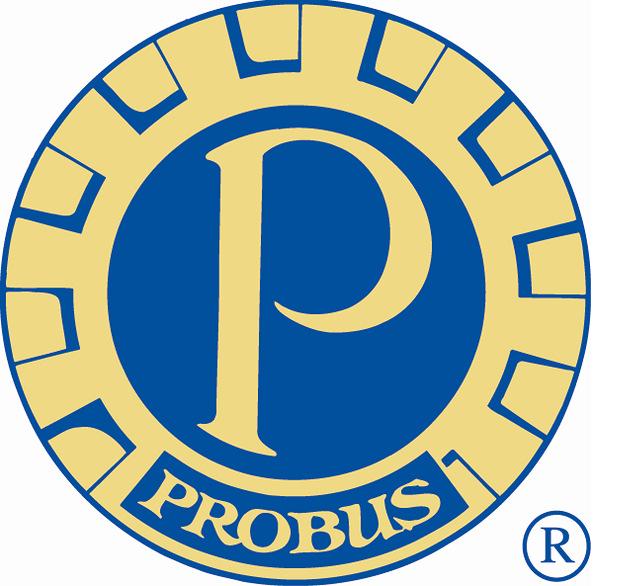 The
Community Woodland was made possible with the help of many people.
Above all, the volunteers who dug the holes, clean and recycled stakes
and shelters, shovelled the mulch, placed the trees, backfilled the
holes and compacted the soil. All 1600 trees were planted through one of
the coldest winters. We also thank a number of voluntary,
commercial and institutional groups who helped to make the woodland
possible.
The
Community Woodland was made possible with the help of many people.
Above all, the volunteers who dug the holes, clean and recycled stakes
and shelters, shovelled the mulch, placed the trees, backfilled the
holes and compacted the soil. All 1600 trees were planted through one of
the coldest winters. We also thank a number of voluntary,
commercial and institutional groups who helped to make the woodland
possible.
 Woodstock Probus had the idea in the first place and
provided some of the voluntary
labour.
Woodstock Probus had the idea in the first place and
provided some of the voluntary
labour.
His Grace the Duke of Marlborough
gave us the land on an eighty year lease free of charge. We had
the support of Blenheim's forestry team who
secured grants from the Forestry Commission.![]()
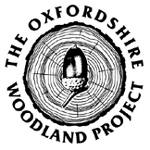 The
Oxfordshire Woodland Project is an independent group providing expert
advise and assistance for groups and individuals wanting to establish
woodland habitats. We were fortunate that the Oxfordshire Woodland
Group's leader is also a key member of Sustainable Woodstock and we
relied heavily on his expertise and guidance.
The
Oxfordshire Woodland Project is an independent group providing expert
advise and assistance for groups and individuals wanting to establish
woodland habitats. We were fortunate that the Oxfordshire Woodland
Group's leader is also a key member of Sustainable Woodstock and we
relied heavily on his expertise and guidance.
Woodstock Town Council supported the project throughout and
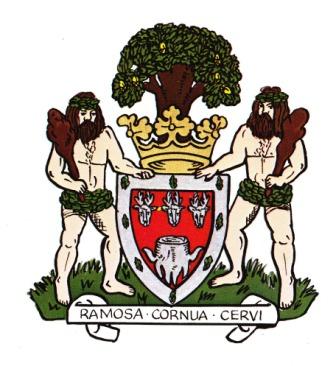 is
the guarantor of last resort for Blenheim Palace.
is
the guarantor of last resort for Blenheim Palace.
We secured generous grants from the west Oxfordshire housing
association, Cottsway (their community grants division is called
"Welcommunity"), and from the Real Wood Furniture Co. in Woodstock, and
we received volunteer support from the town's primary and secondary
schools, from the Wychwood Project, a volunteer group committed to
woodland development, from the scouts, from a bereavement charity called
Rosie and from many others.


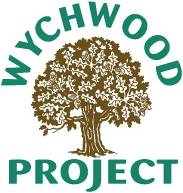
.jpg)
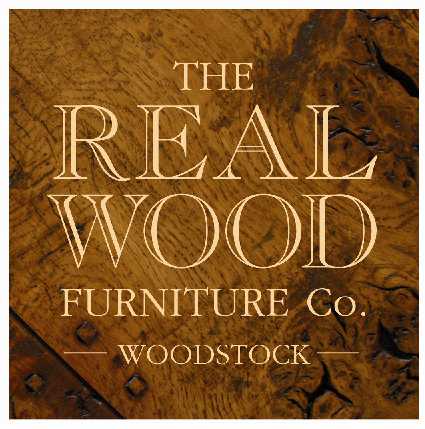

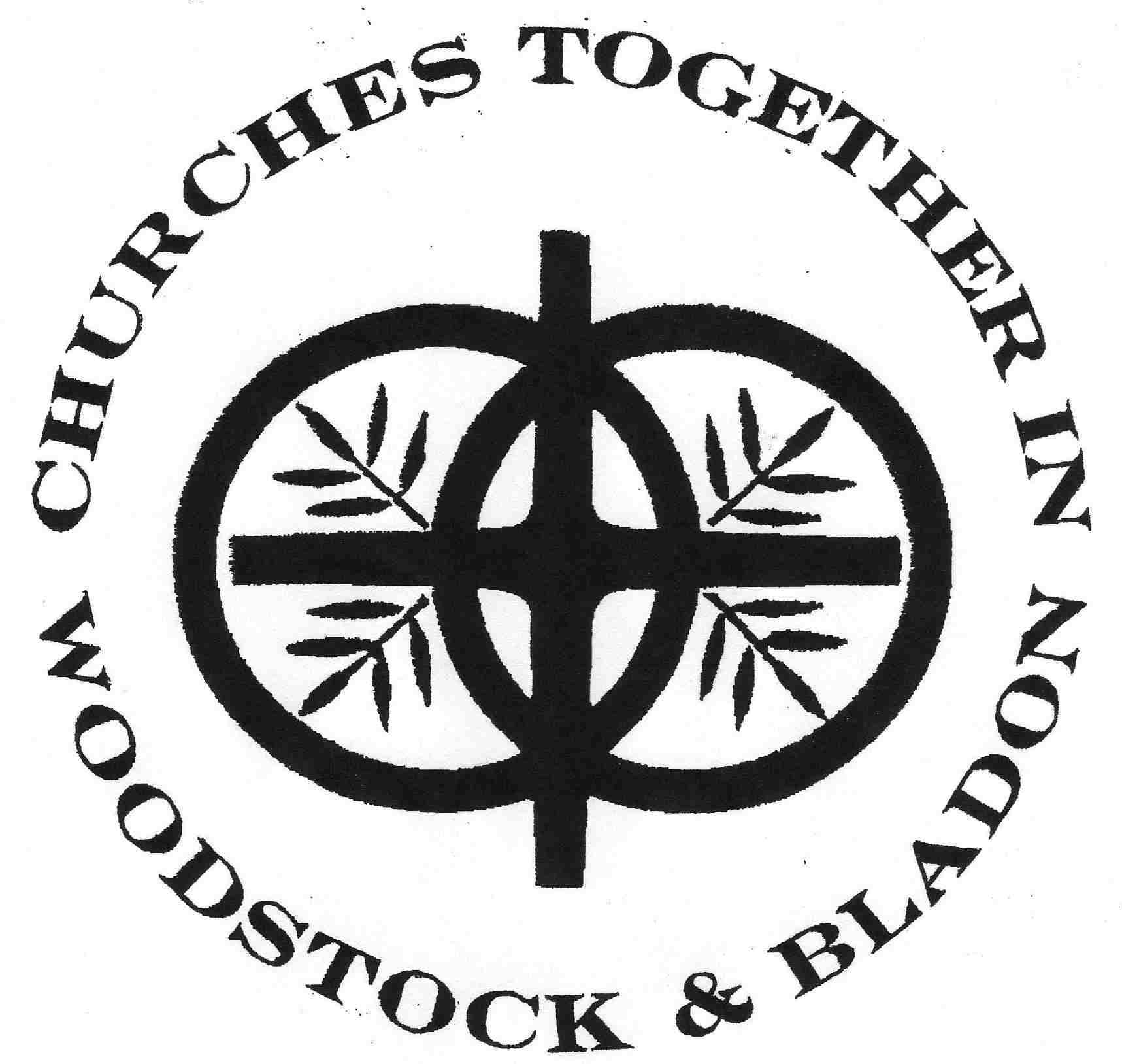
Top:
The woodland after 12 months from first plantings. Left: Suzie. In
charge of tree planting
Right: Planting the last few trees on completion of the project
Ash Dieback - Identification help from the Woodland Trust
The Woodland Trust has developed a new website www.treedisease.co.uk where you can find out how to identify Chalara Fraxinea and keep up to date with the latest advice. At this time of year pay particular attention to any diamond shaped lesions on the main stem where side branches join.
If you believe your trees, or other trees in your area are infected please report it immediately to the following contacts: In England and Wales: Chalara helpline: 08459 33 55 77 (open 8am - 6pm every day) or plant.health@forestry.gsi.gov.uk In Scotland: Forestry Commission Scotland: 0131 314 6156 (9am - 5pm weekdays) or fcscotlandenquiries@forestry.gsi.gov.uk
While there are serious concerns about the disease, it's not necessary to remove any healthy ash trees - the way that the disease spreads is still being investigated and depending on the location of your trees there may be minimal risk of them contracting it in the short term. We're awaiting further advice from the Forestry Commission and Defra about the likely longer term impacts of the disease. All of the various tree species we have provided through the community tree packs scheme were sourced and grown in the UK (as were Sustainable Woodstock's trees for the Community Woodland) and our suppliers were subject to annual checks for all diseases by the Scottish Government's plant health officers.
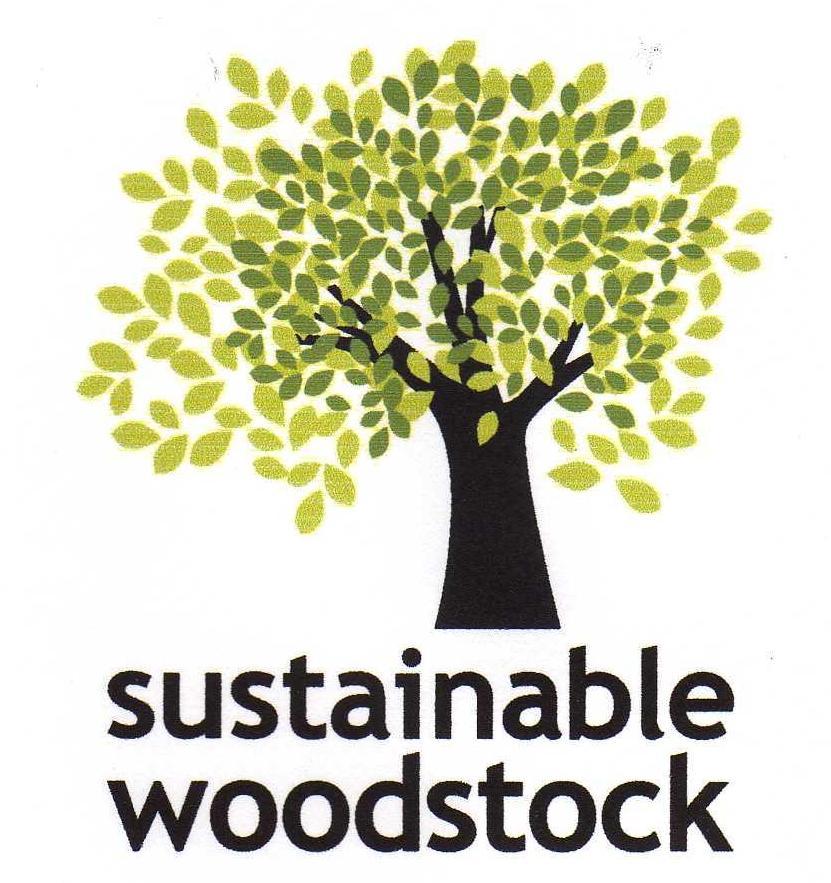 Sustainable Woodstock
Sustainable Woodstock